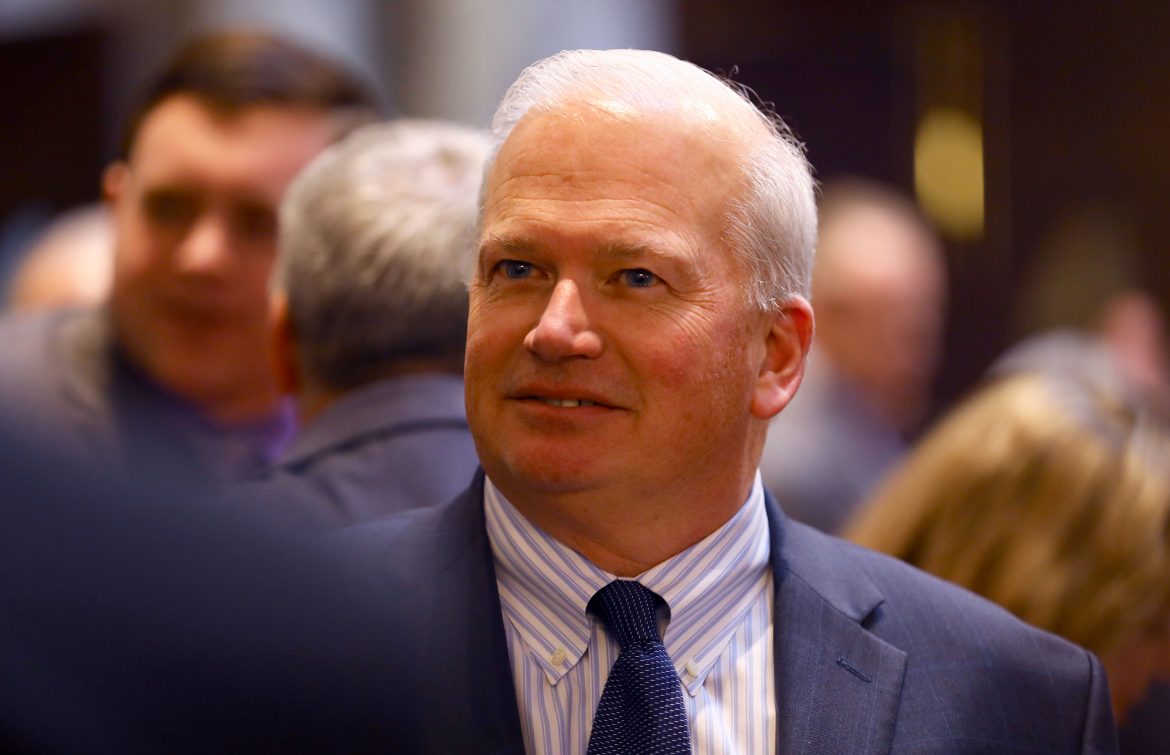In September 2017, Gov. Scott Walker signed the Wisconsin state budget for 2017-19. State Senate Majority Leader Scott Fitzgerald, R-Juneau, tweeted “we made historic investments in k12 education, with increases of over $200 per pupil each year totaling over $630 million.”
The Observatory decided to fact-check Fitzgerald’s claims.
We made historic investments in K12 education, with increases of over $200 per pupil each year totaling over $630 million.
— Scott Fitzgerald (@SenFitzgerald) September 16, 2017
We found the claims to be true. Here’s why.
Historic investments In K-12 education?
In the first half of the tweet, Fitzgerald claims this budget includes “historic investments” in K-12 education.
Fitzgerald’s office and the governor’s office did not respond to multiple calls requesting clarification about Fitzgerald’s claim.
According to Walker’s K-12 fact sheet and the Budget in Brief, state aid in the two-year budget is roughly $11.5 billion. The numbers reflect $5.6 billion in the first year and $5.9 billion the second year.
According to a May 17, 2017 Politifact Wisconsin article, if we consider the raw numbers, this is the most the state has ever invested in K-12 education. However, that fact check noted the numbers do not account for inflation, which is important when comparing numbers over a long period of time. (It rated Gov. Scott Walker’s bolder claim — “We are investing more money into education than ever before in the history of Wisconsin” — as mostly false.)
When you consider the inflation adjusted numbers, fiscal year 2003 actually has the largest state aid investment, said Dale Knapp, Wisconsin Policy Forum research director.
Nevertheless, Tom McCarthy, Department of Public Instruction communications director, argued this budget could be considered historic, a word whose definition can include “famous or important in history or potentially so.”
“I would say that it’s historic when you are dealing with an investment of this size that has been made once or twice in the past decade, yeah it’s historic,” McCarthy said.
Increases of $200 per pupil, or $630 million?
McCarthy and the Budget in Brief agree that total aid will increase over the two-year budget by at least $630 million.
Fitzgerald could be referencing the increase of $649 million in total state aid, which according to the Budget in Brief includes per pupil aid, sparsity aid, transportation aid and additional grants and programs.
In fiscal year 2017, per pupil aid was $250 per student. Per pupil aid increased this school year by $200, bringing the total to $450 per student.
In the 2018-19 school year, per pupil aid will increase by another $204, bringing the total to $654 per student, according to Knapp and the 2017-19 Budget in Brief.
The Observatory rated Fitzgerald’s claims as true. Although inflation-adjusted numbers show that 2003 had the highest investment in K-12 education, the 2017-19 budget is the largest investment in raw dollars, which could be considered historic.
Per student aid will increase by at least $200 in each of the school years covered by the budget, just as Fitzgerald said. And his tweet actually somewhat underestimated the expected total increase over two years at $630 million. The governor’s Budget in Brief says state aid to K-12 schools actually will increase by $649 million in 2017-19.
Sources:
Sen. Scott Fitzgerald tweet, Sept. 15, 2017.
Gov. Scott Walker, 2017 Wisconsin Budget Address K-12 Fact Sheet, Feb. 1, 2017
Gov. Scott Walker, State of Wisconsin Budget in Brief, February 2017
Politifact Wisconsin, Testing Scott Walker claim on record education funding in Wisconsin, May 17, 2017
Dale Knapp, Wisconsin Policy Forum research director, interview and email, Feb. 13, 2018
Tom McCarthy, communications director, Wisconsin Department of Public Instruction, interviews, Feb. 14 and March 6, 2018

